A black hole is the Universe’s wild-child, the ultimate extreme, but how are they formed, and what does it take to create black holes in the first place.
Black holes shape a lot of what it takes for galaxies to form and for them to start forming stars. We wouldn’t be here without them.
Understanding the history of black holes is understanding the history of us.
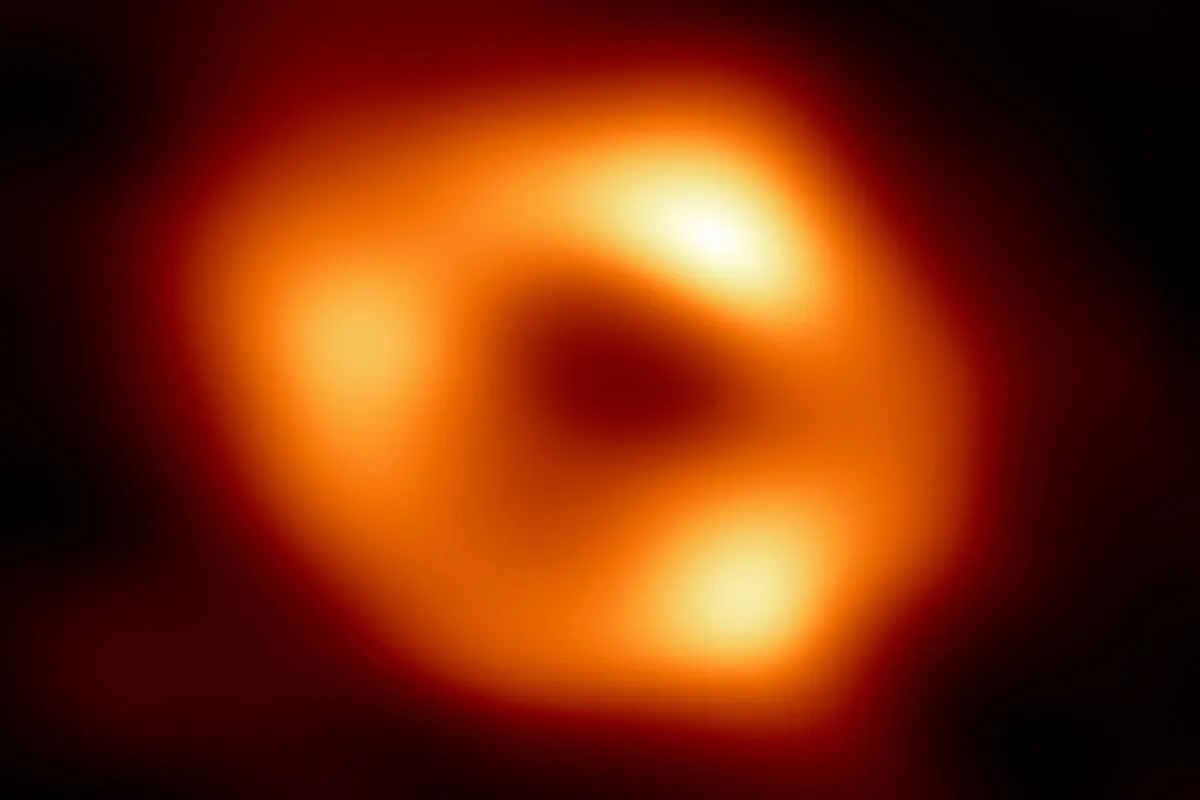
"A black hole is a dense part of space that nothing can escape from," says Dr Sean McGee, from the University of Birmingham.
"They are a rare part of physics,” McGee says, “our understanding of the Universe might break down in their extreme environments."
Every galaxy is thought to have a supermassive black hole (SMBH) at its centre.
These behemoths tip the scales at millions and even billions of times the mass of the Sun.
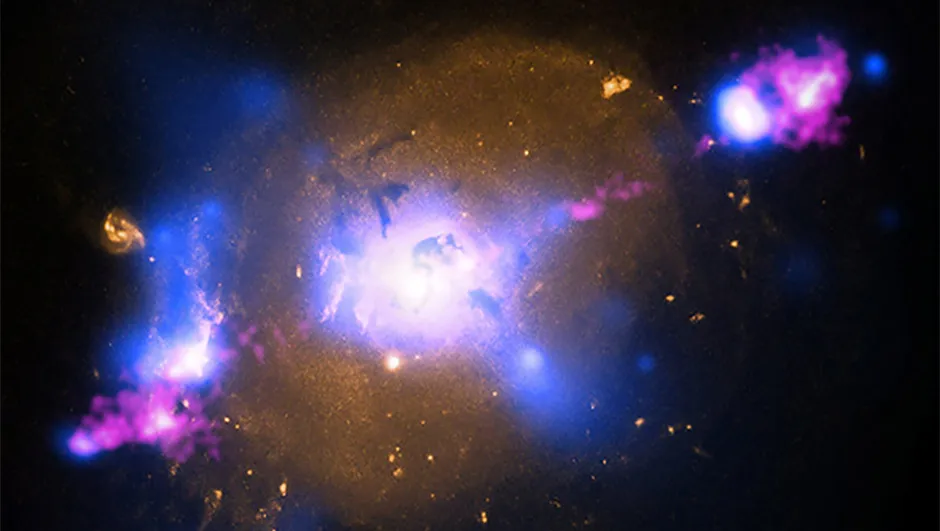
What’s more, the giants seem to have appeared just 300,000 years after the Big Bang.
Such an early debut means that black holes and stars have astronomers in the cosmic equivalent of the chicken and egg debate. Which came first?
Solving the clue as to how black holes formed should provide some key answers to this quandry.
"We don’t have a definitive answer," says Dr Sandra De Jesus Raimundo, from the University of Southampton.
"Black holes seem to start from some kind of seed."
Seed theory
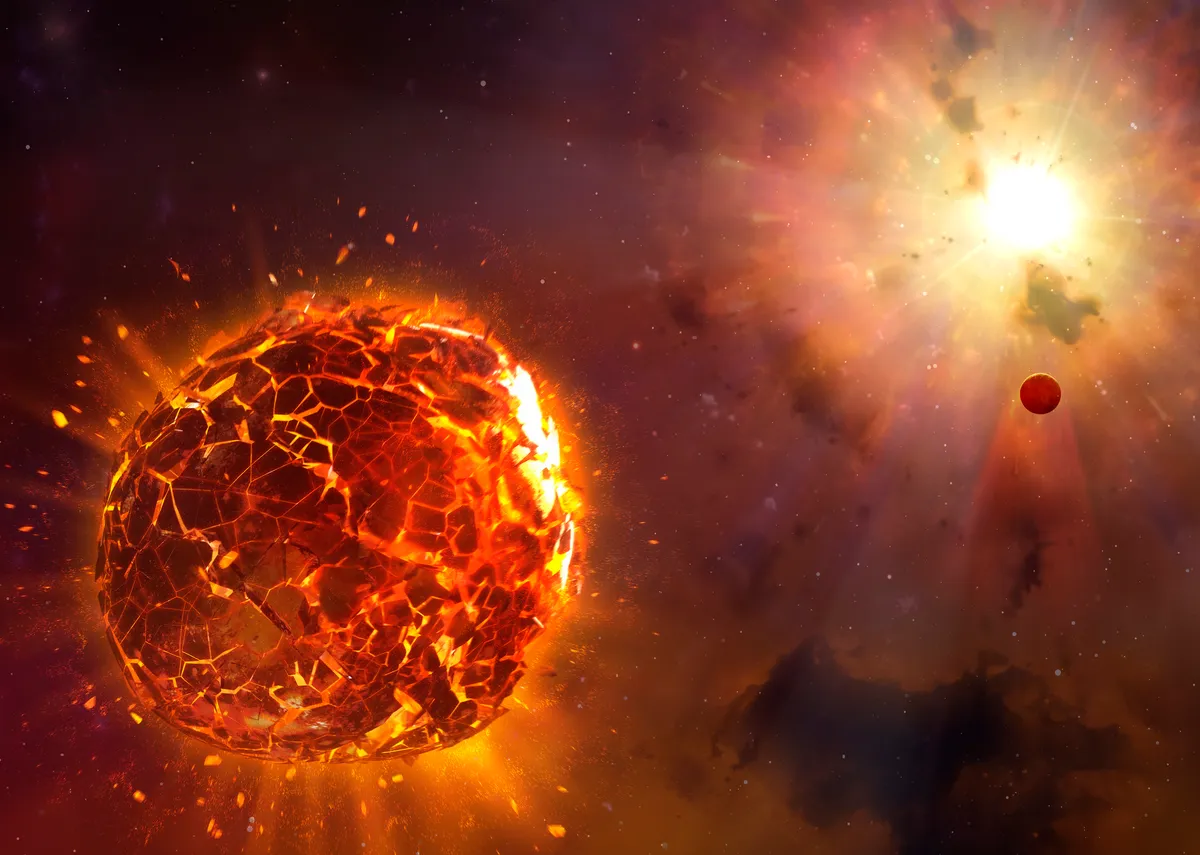
The first contenders as to how black holes are formed are so-called ‘light’ seeds. In the modern Universe, black holes form through the deaths of massive stars.
The stars detonate as supernovae at the ends of their lives and then their cores collapse into the gravitational trapdoors we call black holes.
The supernovae rocket material away at 10% the speed of light before the black hole fully forms, which is why that material can outrun the black hole’s gravitational embrace.
Yet to square away the giant size of the black holes that astronomers have seen in the early Universe, Raimundo says that the culprit stars would have needed to weigh between 1,000 and 10,000 times the mass of the Sun.
"That’s bigger than the stars we see today," she says. The current record-holder has a mass no more than 300 times that of the Sun.
It’s a big difference.
Supernova theory
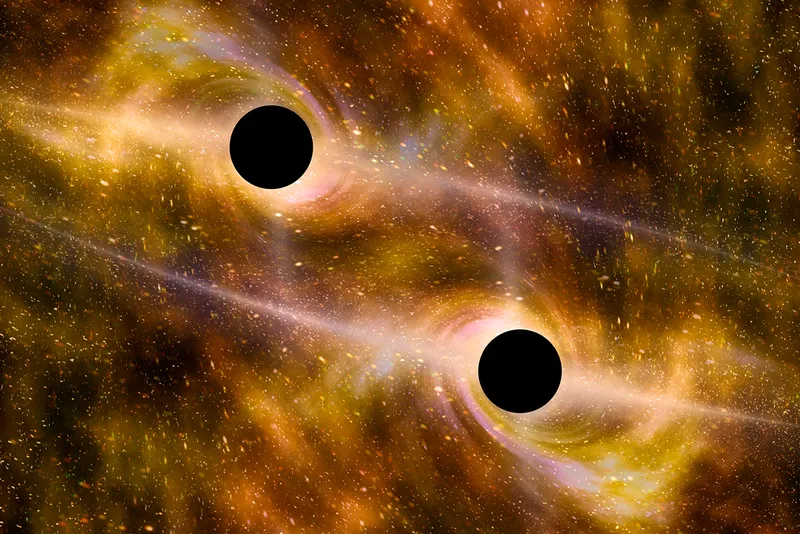
An alternative is that the first generations of stars went supernova incredibly quickly and lots of small black holes formed through subsequent mergers.
"You’d need a lot of mergers," McGee says.
It would only be possible in extremely dense regions of the infant Universe, where stars were packed so closely together that mergers triggered yet more mergers in a runaway process.
Possible, but not necessarily commonplace.
Primordial black holes theory
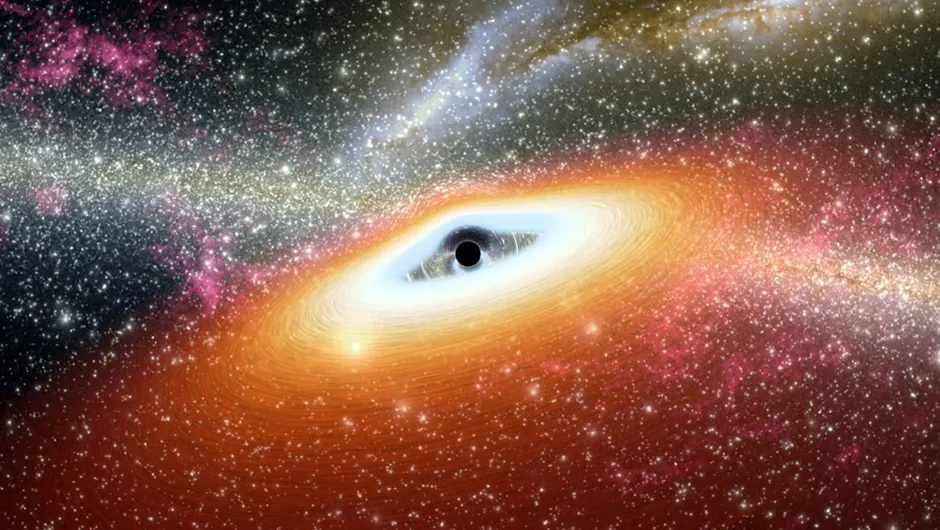
There’s also the possibility that the earliest black holes formed far earlier, in the very first seconds of the Universe.
These so called primordial black holes would be tiny in size but big in stature.
A primordial black hole the size of an atom would still weigh as much as Mount Everest.
Tiny primordial black holes could be dark matter: at least they're one of the options being considered for the true nature of dark matter.
Dark matter is the mysterious gravitational glue that seems to bind galaxies and clusters of galaxies together.
If primordial black holes did indeed form soon after the Big Bang, then they could have bulked up significantly through mergers in the Universe’s first few hundred millennia.
Heavy seed theory

These are all ‘bottom-up’ scenarios – small black holes gradually growing into bigger ones.
The other family of theories as to how black holes formed rely on a ‘heavy’ seed, or a so-called direct collapse scenario or ‘top-down’.
That would see a vast cloud of primordial hydrogen buckle under its own weight, condense and bolster its gravitational might until nothing could escape from its clutches.
Yet we have no evidence that this process really happened, because we’re talking about events a very long time ago and extremely far away.
"We’d need incredibly powerful instruments," Raimundo says.
Where are all the gravitational waves?
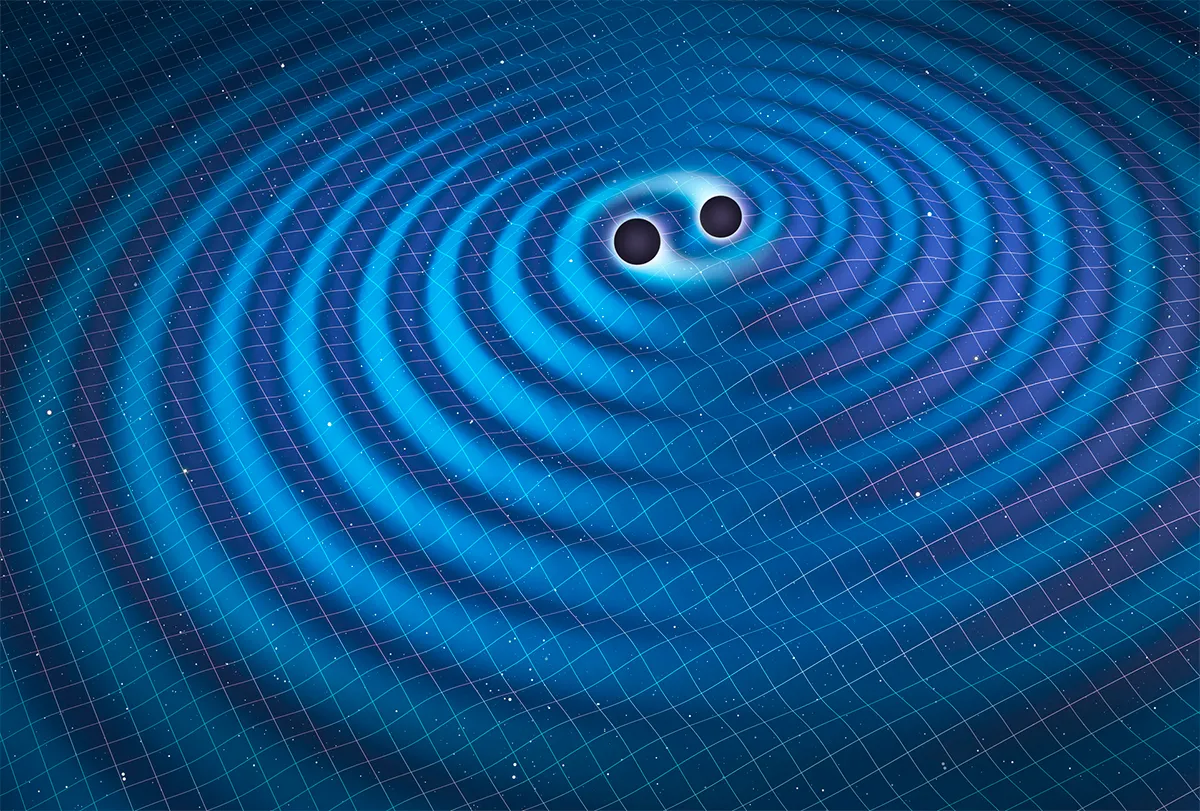
Given the number of quick-fire mergers required to build the supermassive black holes we see, the Universe should be playing us a silent symphony of vibrating gravitational waves.
This would be a gravitational wave background to rival the more famous cosmic microwave background that’s the echo of the Big Bang.
Yet right now we don’t have the tools to listen to every member of the orchestra.
The ground-based gravitational wave observatories that we do have – such as LIGO and VIRGO – are sensitive to the smallest black hole mergers.
In 2023, an international collaboration of astronomers, using 15 years of data precisely timing the ‘heartbeats’ of dozens of pulsars, listened in to the waves from colliding supermassive black holes.
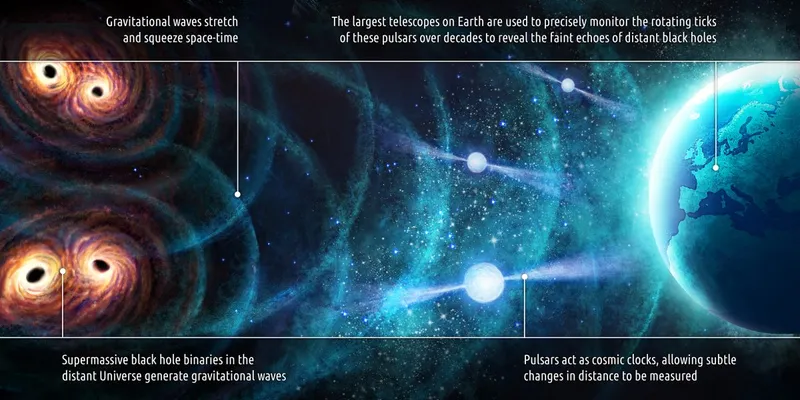
Do intermediate black holes exist?
If the Universe’s supermassive black holes were indeed formed in stages from the ground up, then there should be some middling black holes left over that didn’t end up merging into supermassive black holes.
Astronomers call them intermediate-mass black holes, with masses between 100 and 10,000 times the mass of the Sun.
However, astronomers have found surprisingly few of them so far. Do they even exist at all?
We might be about to find out. “Rubin will find a lot of them,” McGee says.
With full survey operations due to start in the summer of 2025, the Vera C Rubin Observatory is home to the largest digital camera ever constructed.
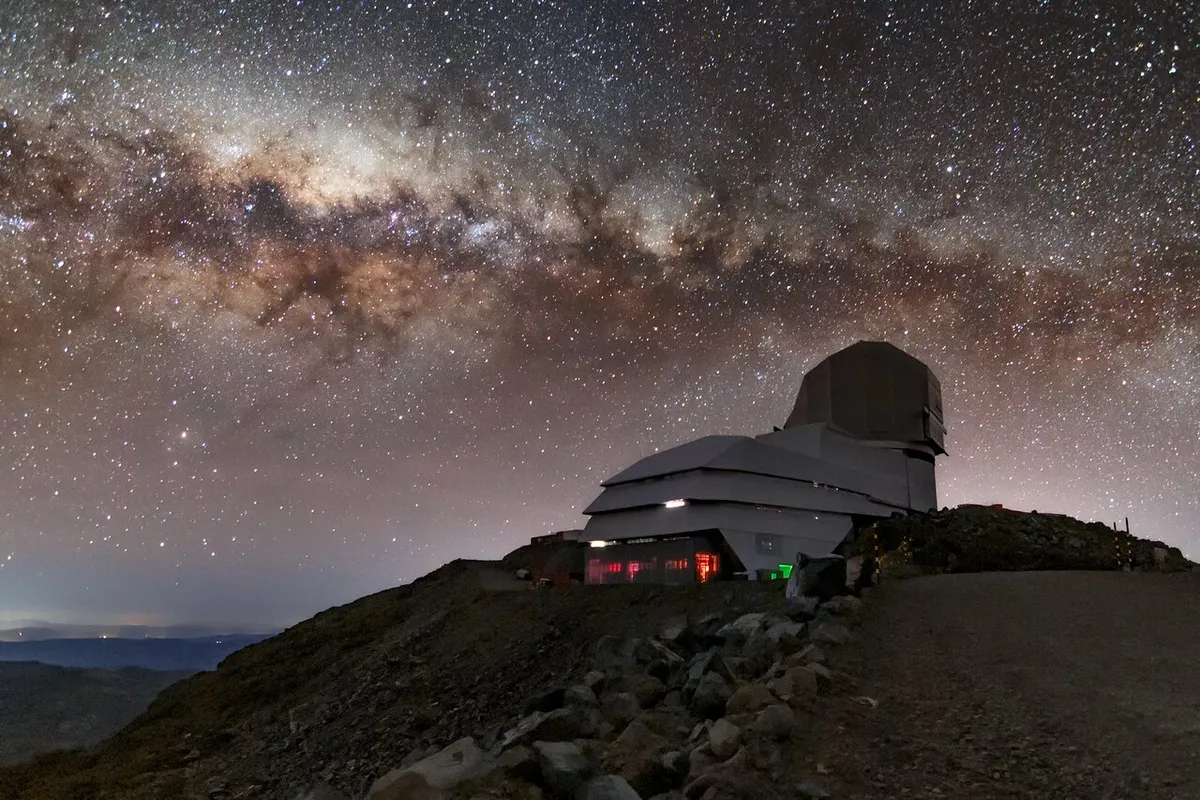
Located in Chile’s Atacama Desert, it will scan the entire Southern Hemisphere sky every three nights. One of the things Rubin will look out for is evidence of tidal disruption events (TDEs).
TDEs involve the immense gravity of a black hole tearing a star apart.
"It creates a flare that we can see and from which we can measure the black hole’s mass,”"McGee says.
It would be a way to potentially spot intermediate-mass black holes that are otherwise too quiet to see.
It could help us find more of the estimated 40 quintillion (40 billion billion) black holes that otherwise skulk in the celestial shadows.
How do black holes grow?
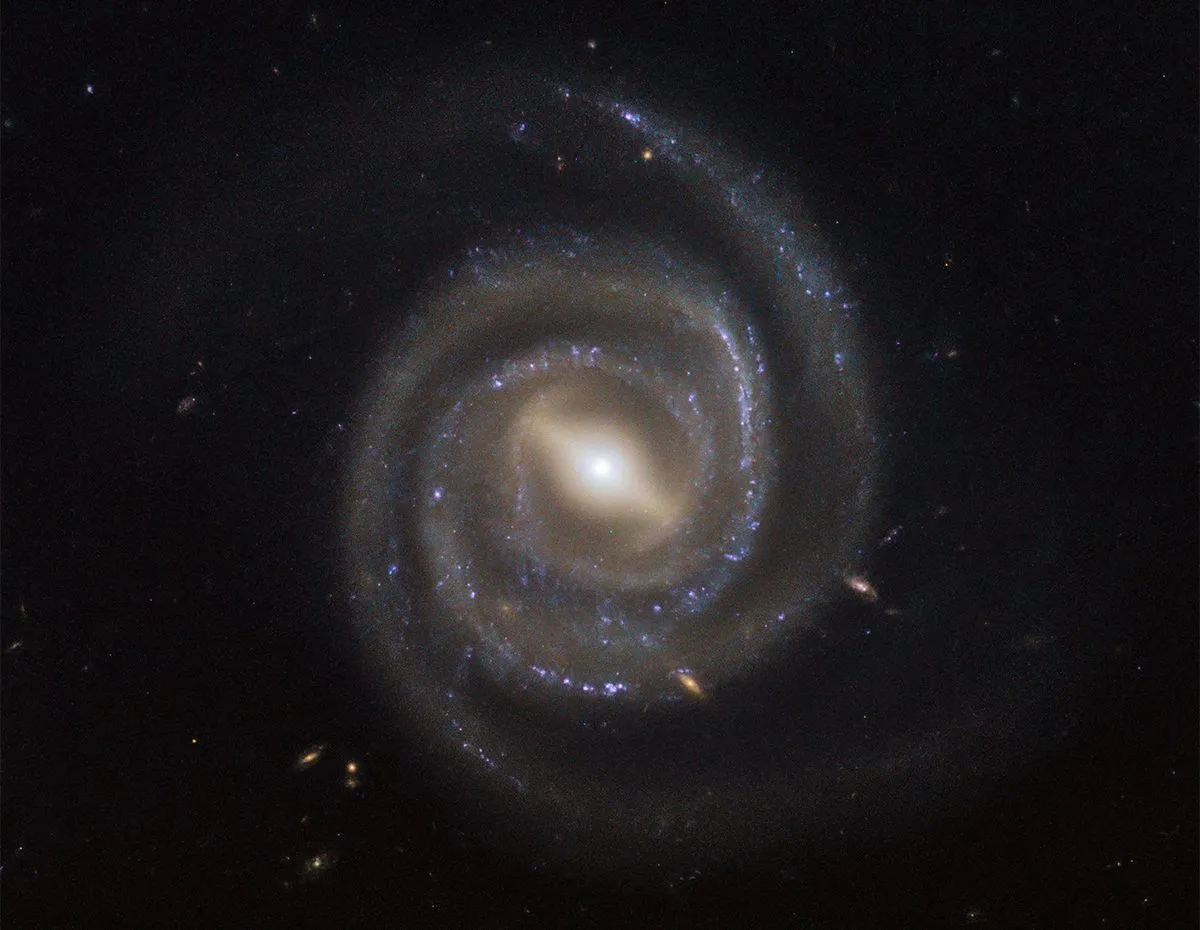
The interaction between a black hole and the stars and gas that surround it is an important part of the story of how they continue to grow.
Some supermassive black holes are so busy that astronomers label them ‘active’.
They are gorging on stellar material, swirling debris into discs around them that then get super-heated and become the source of intense radiation across the electromagnetic spectrum.
This process is known as accretion.
Raimundo has been working on what makes some supermassive black holes active, while others – like the one in our own Milky Way – are quiet.
"We looked at galaxies with misaligned gas," she says.

In a typical galaxy, the stars rotate around the supermassive black hole like the planets orbit around the Sun.
Misaligned gas is material within the galaxy that rotates in the opposite direction to the stars.
"It’s created when there is some kind of interaction between the galaxy and its external environment," explains Raimundo.
The galaxy could be ripping gas from a neighbouring galaxy or pulling it in from intergalactic space.
The mismatch between the rotation of the gas and the rotation of the stars causes the gas to lose energy, spiral in towards the centre of the galaxy and feed the black hole.
"The next stage is to find out how much of a black hole’s growth is due to this misaligned gas,' Raimundo says.
There is another way to find out.
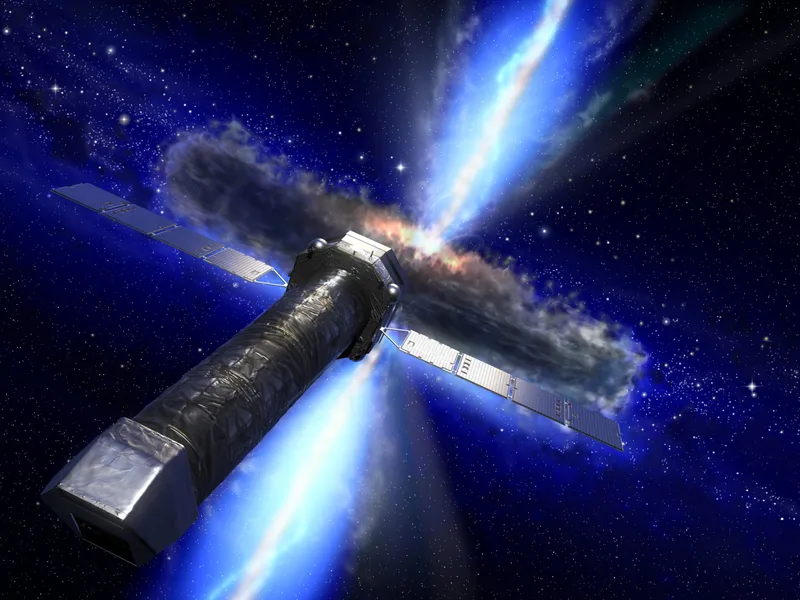
The Advanced Telescope for High-Energy Astrophysics observatory, called NewAthena, is a European Space Agency mission that should launch in 2035 and will look for the X-rays produced by black hole accretion.
We will then have the tools to see whether supermassive black holes grow predominantly through mergers or through accretion.
"Having those two great facilities will help put the whole thing together," says McGee.
"I’m actually quite optimistic that we can figure this out and it won’t just be this long-standing mystery," he says.
Perhaps then we’ll finally understand where we came from a little better.
Enter the Laser Interferometer Space Antenna
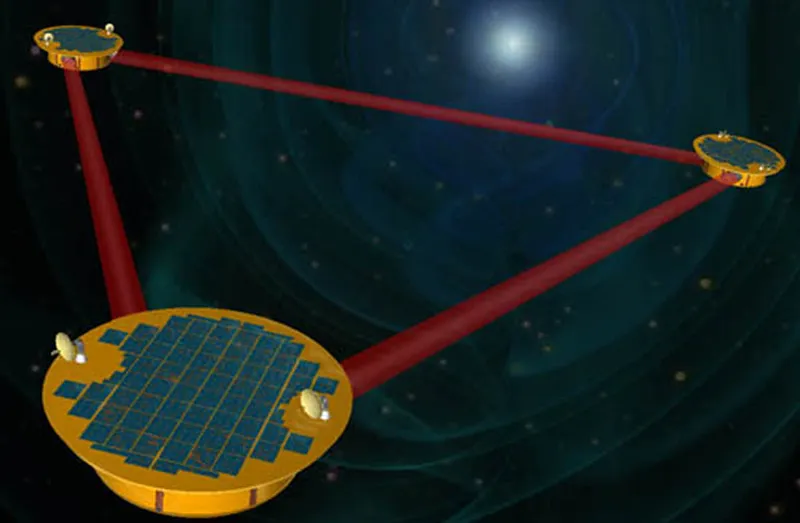
In just a few years, a rocket will tear into the night sky, lighting it up in deep shades of crimson.
It will carry extremely precious astronomical cargo – the Laser Interferometer Space Antenna (LISA), an audacious feat of engineering that’s been decades in the making.
Once in space, three identical spacecraft will swarm in triangle formation, each separated by a million miles, all in the hunt for answers to one of the deepest mysteries about our Universe: where did black holes come from?
Although not due for launch until the 2030s, it will represent a step-change in our ability to tackle these questions.
LISA is a gravitational wave observatory, meaning it looks for ripples in the very fabric of the Universe set in motion by catastrophic events such as black-hole mergers.
Gravitational wave astronomy is still very much in its infancy, with the first detection only coming in 2015.
We’re at the dawn of a new era, much like the flood of discoveries that followed the invention of the telescope 400 years ago.
This article appeared in the February 2024 issue of BBC Sky at Night Magazine.
